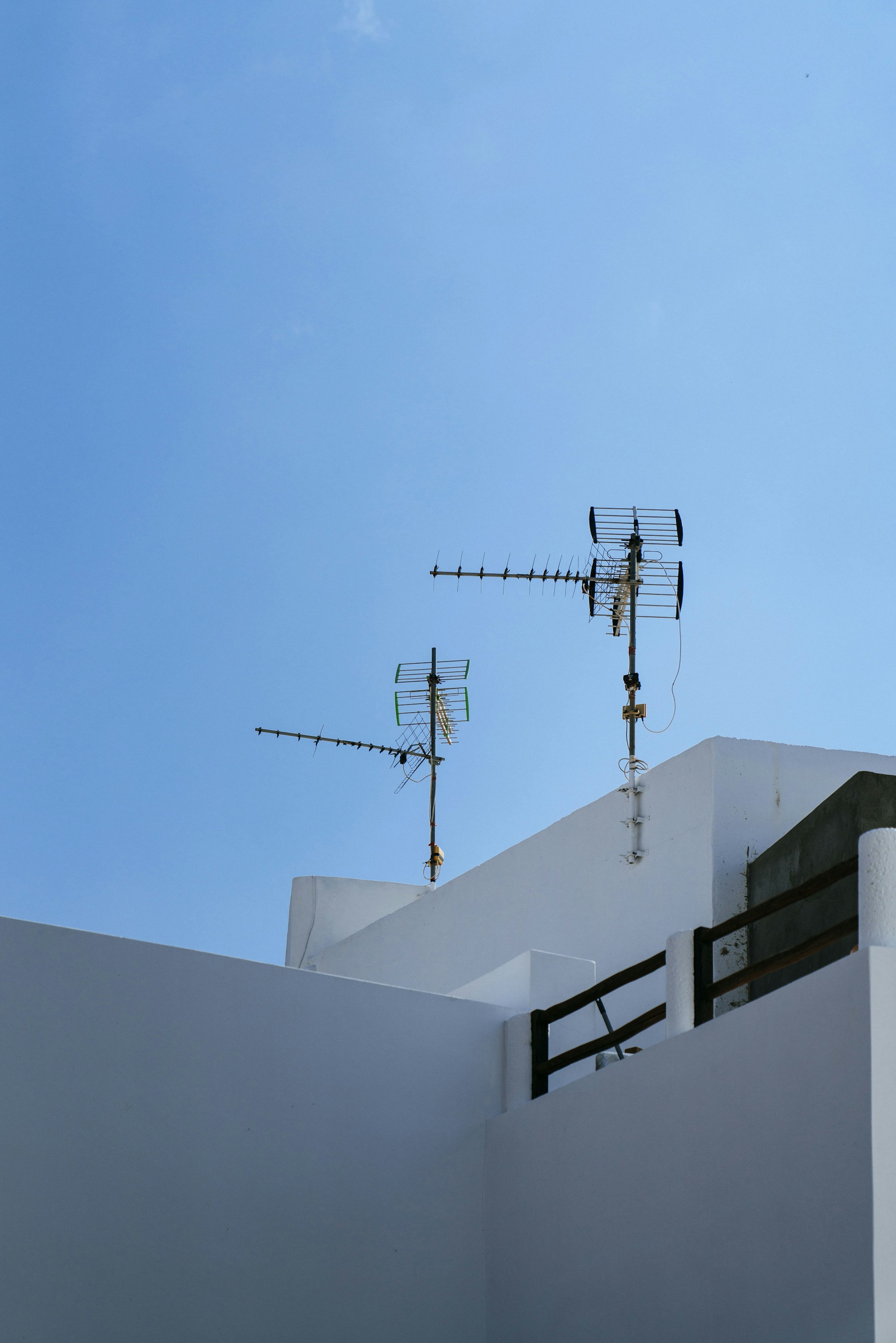Discover Nisyros: Local History, Customs, and Festivals Guide
Explore Nisyros! Discover its rich history, unique customs, and vibrant festivals in this comprehensive local guide.

Discover Nisyros: Local History, Customs, and Festivals Guide
Introduction
Nisyros is a captivating Greek island nestled in the Aegean Sea, part of the Dodecanese group of islands. Known for its volcanic origin, rich history, and warm local culture, Nisyros offers a unique blend of natural beauty and traditional charm. This comprehensive travel guide dives deep into the island's historical context, cultural practices, festivals, local anecdotes, and intriguing facts.
Historical Context
The history of Nisyros is both fascinating and complex, spanning several millennia. The island's volcanic origins date back approximately 150,000 years, making it one of Europe's geologically youngest volcanic lands.
Ancient Times
Mythology suggests that Nisyros was created during a battle between Poseidon and the giant Polybotes, who Poseidon crushed under a piece of the island of Kos, which became Nisyros. The island was settled by the Dorians in the 11th century BC and later influenced by various civilizations, including the Minoans, Mycenaeans, and Classical Greeks.
Medieval Period
During the Byzantine era, Nisyros suffered from pirate raids, leading to the construction of several castles for protection. The Knights of Saint John took control of the island in the early 14th century, fortifying it further. In 1522, the island fell under Ottoman rule, which lasted until the Italian occupation in 1912.
Modern History
After World War II, Nisyros, along with the rest of the Dodecanese, was incorporated into Greece in 1948. The island has since developed a modest tourism industry, preserving its historical and cultural heritage.
Cultural Practices
The residents of Nisyros, known as Nisyrians, maintain a rich array of customs and traditions that have been passed down through generations. The following are some key aspects of Nisyrian culture:
Traditional Clothing
Males typically wear a "vraka," a type of baggy trousers, accompanied by a white shirt, a black waistcoat, and a scarf tied around the waist. Females often don elaborate dresses adorned with intricate embroidery, representing different historical influences.
Music and Dance
Music is at the heart of Nisyrian culture. Traditional instruments include the "lyra" (a three-stringed fiddle) and the "laouto" (a long-necked lute). Dances such as the "syrtos" and "kalamatianos" showcase graceful yet lively movements, often performed during festivals and ceremonial gatherings.
Festivals and Celebrations
Nisyros hosts a variety of festivals throughout the year, held to honor saints, celebrate agricultural traditions, and preserve cultural heritage. These festivals offer insight into Nisyrian life and an opportunity to partake in its vibrant communal atmosphere.
Saint Nikitas' Festival (September 15th)
- Location: Mandraki
- Activities: A grand parade through the streets, religious ceremonies at the church of Saint Nikitas, traditional music and dance performances, local food and drink offerings.
- Significance: A celebration in honor of the island’s patron saint, Saint Nikitas, involving the entire community and visitors.
Panagia Spiliani Festival (August 15th)
- Location: Panagia Spiliani Monastery
- Activities: Worship services, a procession of icons, communal feasts featuring local dishes, storytelling, and folk music.
- Significance: A major feast day across Greece, celebrating the Dormition of the Virgin Mary, one of the most significant religious events on the island.
Local Anecdotes and Interesting Facts
Nisyros is brimming with intriguing stories and facts that add to its allure. Here are a few highlights:
The Volcanic Crater
The island's most distinctive feature is its volcanic crater, named Stefanos. It is one of the largest hydrothermal craters in the world. Visitors can walk inside the crater, experience the sulfuric steam vents, and marvel at the unique landscape.
The Four Villages
Nisyros comprises four main villages: Mandraki, Nikia, Emporios, and Pali. Each village has its own charm:
- Mandraki: The island's capital, featuring narrow cobblestone streets, white-washed houses, and the iconic Monastery of Panagia Spiliani.
- Nikia: Known for its panoramic views, the village offers the stunning Plateia Porta (Porta Square) and the Church of Agios Ioannis Theologos.
- Emporios: Home to the abandoned ruins of old settlements and a Byzantine castle, providing a glimpse into the island’s medieval past.
- Pali: A picturesque fishing village with serene beaches and natural hot springs, perfect for relaxation.
Legend of the Dragon Cave
According to local legend, a dragon once terrorized the island until Saint Nikitas defeated it. The "Dragon Cave" near Mandraki is said to be the dragon’s lair, adding an element of myth and wonder to explorations.
Island’s Natural Hot Springs
Nisyros is renowned for its natural hot springs, particularly the spas at Loutra. The therapeutic properties of these hot springs have been appreciated since ancient times, offering visitors a chance to rejuvenate amidst a beautiful setting.
Conclusion
Nisyros is a hidden gem in the Dodecanese, rich in history, culture, and natural beauty. From its volcanic landscapes and ancient legends to its vibrant customs and heartfelt celebrations, the island promises a truly unique and enriching travel experience. Whether you’re wandering through charming villages, partaking in local festivals, or simply enjoying the serene environment, Nisyros leaves an indelible mark on every visitor.
